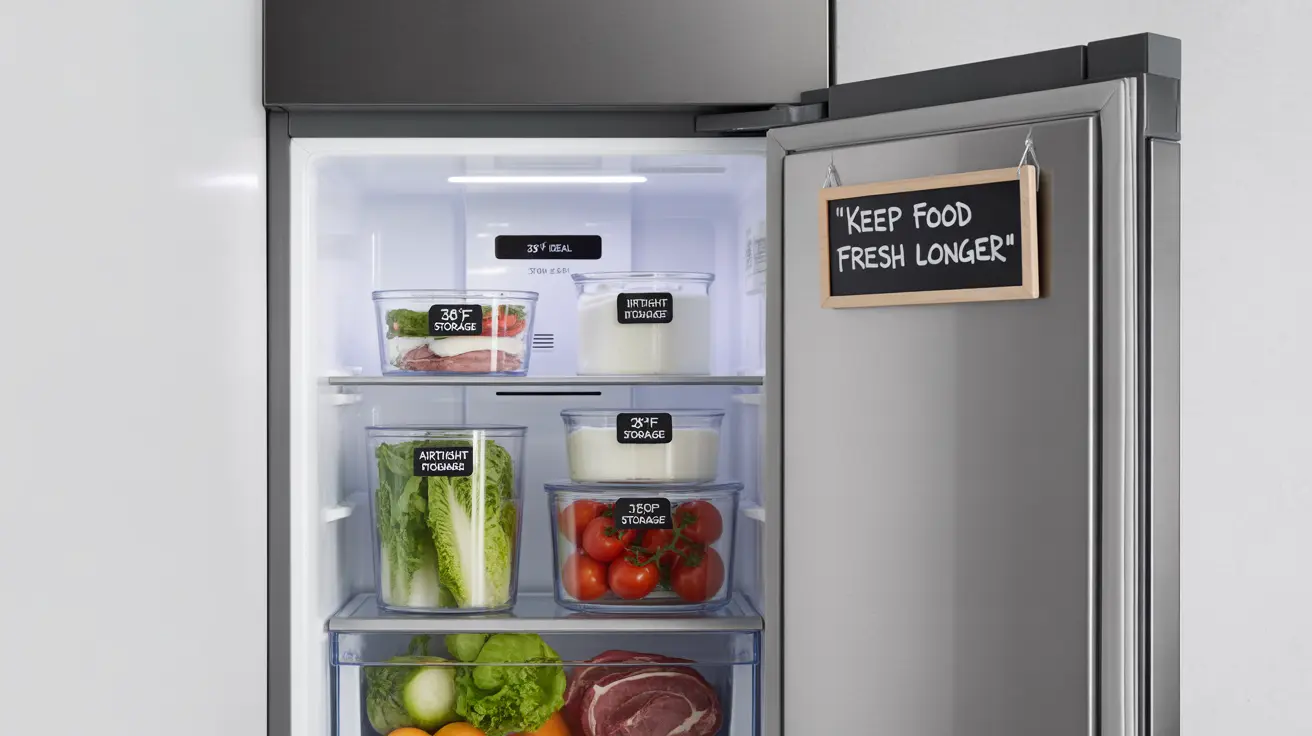Understanding how to properly handle and store perishable foods is crucial for maintaining food safety and preventing foodborne illness. These foods, which include meat, dairy, fruits, and vegetables, require specific storage conditions and careful handling to remain safe for consumption. This comprehensive guide will help you understand everything you need to know about managing perishable foods in your home.
Understanding Perishable Foods
Perishable foods are items that can spoil, decay, or become unsafe to eat if not properly stored at the right temperature. These foods typically contain moisture, proteins, and other nutrients that make them susceptible to bacterial growth when left at room temperature. Understanding what makes food perishable is the first step in proper food safety management.
Categories of Perishable Foods
Different types of perishable foods require varying storage methods and have different shelf lives. Here are the main categories:
Dairy Products
Milk, cheese, yogurt, and other dairy products need consistent refrigeration at or below 40°F (4°C). Even ultra-pasteurized products require refrigeration after opening.
Meat and Poultry
Raw and cooked meats are highly perishable and need strict temperature control. These items should be stored at 40°F (4°C) or below and used within recommended timeframes.
Fish and Seafood
These products are particularly sensitive to temperature changes and should be stored at very cold temperatures, ideally on ice or in the coldest part of your refrigerator.
Fresh Produce
While some fruits and vegetables can be stored at room temperature, many require refrigeration to maintain freshness and prevent spoilage.
Proper Storage Guidelines
Following proper storage guidelines is essential for maintaining food safety and quality:
- Keep your refrigerator at 40°F (4°C) or below
- Store raw meat on the bottom shelf to prevent drips onto other foods
- Use airtight containers or wraps to protect food from cross-contamination
- Follow the "first in, first out" rule when storing foods
- Check expiration dates regularly
Temperature Danger Zone
Understanding the temperature danger zone (40°F to 140°F or 4°C to 60°C) is crucial for food safety. Bacteria multiply rapidly in this temperature range, potentially doubling in number in as little as 20 minutes.
Signs of Food Spoilage
Be aware of these common indicators that food has spoiled:
- Unusual or unpleasant odors
- Changes in color or texture
- Presence of mold
- Slimy or sticky surfaces
- Off-flavors or tastes
Frequently Asked Questions
What are the most common types of perishable foods that need refrigeration or freezing? The most common perishable foods requiring cold storage include dairy products, raw and cooked meats, fish, eggs, cut fruits and vegetables, leftovers, and opened condiments that specify refrigeration after opening.
How long can perishable foods be safely stored in the refrigerator before they spoil? Storage times vary by food type: fresh poultry and ground meats last 1-2 days; fresh beef, pork, and lamb cuts can last 3-5 days; opened lunch meat 3-5 days; eggs 3-5 weeks; and most leftovers 3-4 days when properly stored.
What are the best practices for storing perishable foods to prevent foodborne illness? Keep your refrigerator at 40°F or below, store foods in sealed containers, separate raw meats from other foods, clean your refrigerator regularly, and follow proper hand washing and food handling procedures.
Why do perishable foods spoil faster than non-perishable foods? Perishable foods contain more moisture, nutrients, and proteins that bacteria need to grow. They also lack preservation methods like dehydration or chemical preservatives that help prevent spoilage in non-perishable foods.
How quickly should you refrigerate or freeze perishable foods after purchasing or cooking? Perishable foods should be refrigerated or frozen within two hours of purchase or cooking. In hot weather (above 90°F/32°C), this time reduces to one hour. Never leave perishable foods at room temperature for extended periods.




